We all know the skills system(s) in Rolemaster are a bit of a shambles, the stats system is decidedly wonky with its 11 stats working in several different ways. The magic system seems to have as many people favouring HARP scalable spells as those that like the lists and those that like spells as skills. What almost everyone seems to agree on is that the Criticals with their mix of graphic description, dark humour make Rolemaster completely Rolemaster.
There was a recent forum thread about the condensed combat system that got rid of all the combat tables and criticals and just used #hits of damage. It didn’t take long before someone pointed out that if you only want to do hit points of damage then you may as well play that other system. Criticals are what make Rolemaster combat what it is.
There are those that cannot have enough tables.
There seem to be three camps of people when talking about combat and criticals. There are those that cannot have enough tables. They love the way that the damage from each and every weapon is modelled to interact with every kind of armour. They cannot have enough critical tables to give graphic images of the wounds from every possible sort of harm from stress criticals to plasma weapons.
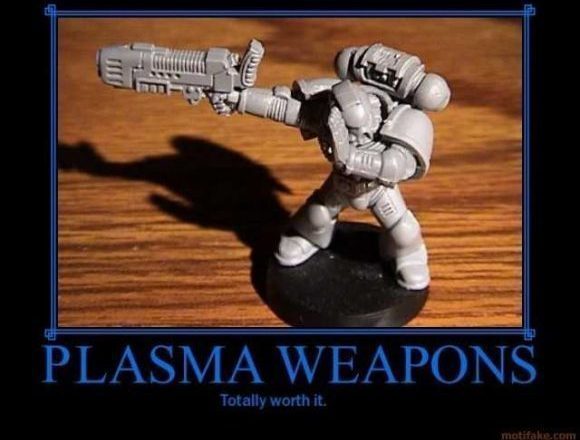
The next camp are more minimalist. I know some people use the MERP combat system that pretty much fits on 4 sheets of paper. One attack table for all slashing weapons, one for crushing and one for piercing and so on. These are condensed tables so they all fit on one or two pages. Another page has a single column for each critical type. An A critical is a straight D100, a B is D100+5, C a D100+10 and so on. the tables go from 01-120.
I do not go that far but my preferred version uses 18 pages to model every possible weapon, spell, falls and natural attacks. I don’t have puncture, slash and krush criticals, I get Arrow criticals for bows, long blade criticals for swords, club criticals for all the varieties of club and so on. One critical table for every one of the 18 attack types.
Finally, there are a few who seem to be content to roll damage on the dice and ignore criticals although these are few and far between so it appears.
There are pretty much three stages to combat, Initiative, the attack/parry/db roll and the critical roll. There are hours of discussion over initiative, optional rules, alternative systems, phases and action points that come in 4s or 5s and I have no idea which is the best option. I have my preferences and my players like it so the arguments do not impact us.
The actual attack roll stage is almost as hotly contested with zones of control, facings, positional modifiers, what penalties to apply or not, does size matter, how thick is your armour and so on.
Rolemasters best feature
It is only the critical roll that no one really seems to argue over. If I was to throw out everything else then it would be the critical rolls that I would keep. The only changes I have made over the years are to change which critical tables I use and to rewrite some criticals because they were becoming too familiar having been inflicted again and again.
I think the Critical is Rolemasters best feature and for a lot of us that makes other systems seem bland in comparison.


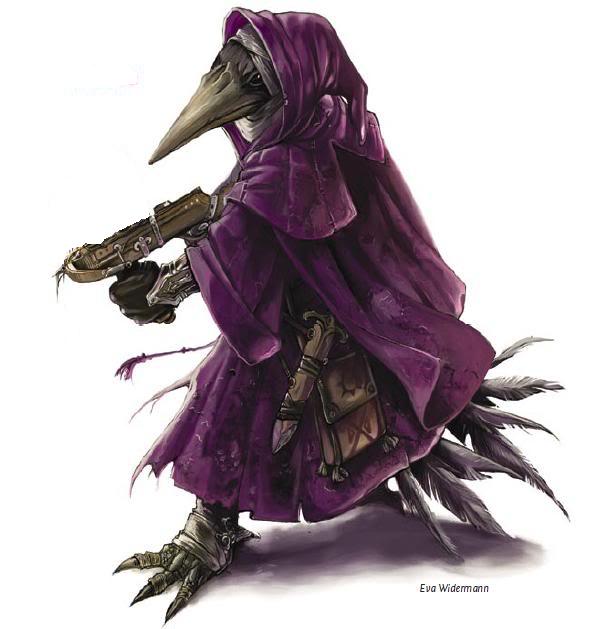
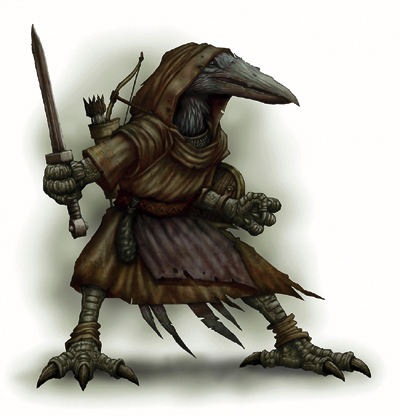
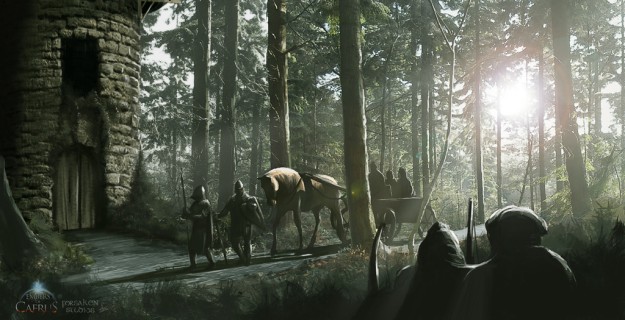



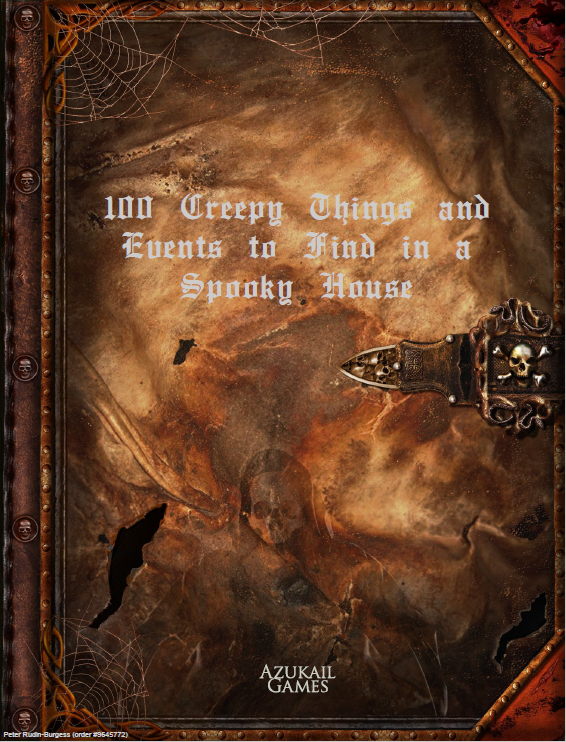


 I have been through the adventure notes today adding post-it notes to scenes and locations with little added comments about sounds, smells and little visual ‘clips’ such as dust swirling in a vortex as a door slams shut.
I have been through the adventure notes today adding post-it notes to scenes and locations with little added comments about sounds, smells and little visual ‘clips’ such as dust swirling in a vortex as a door slams shut.